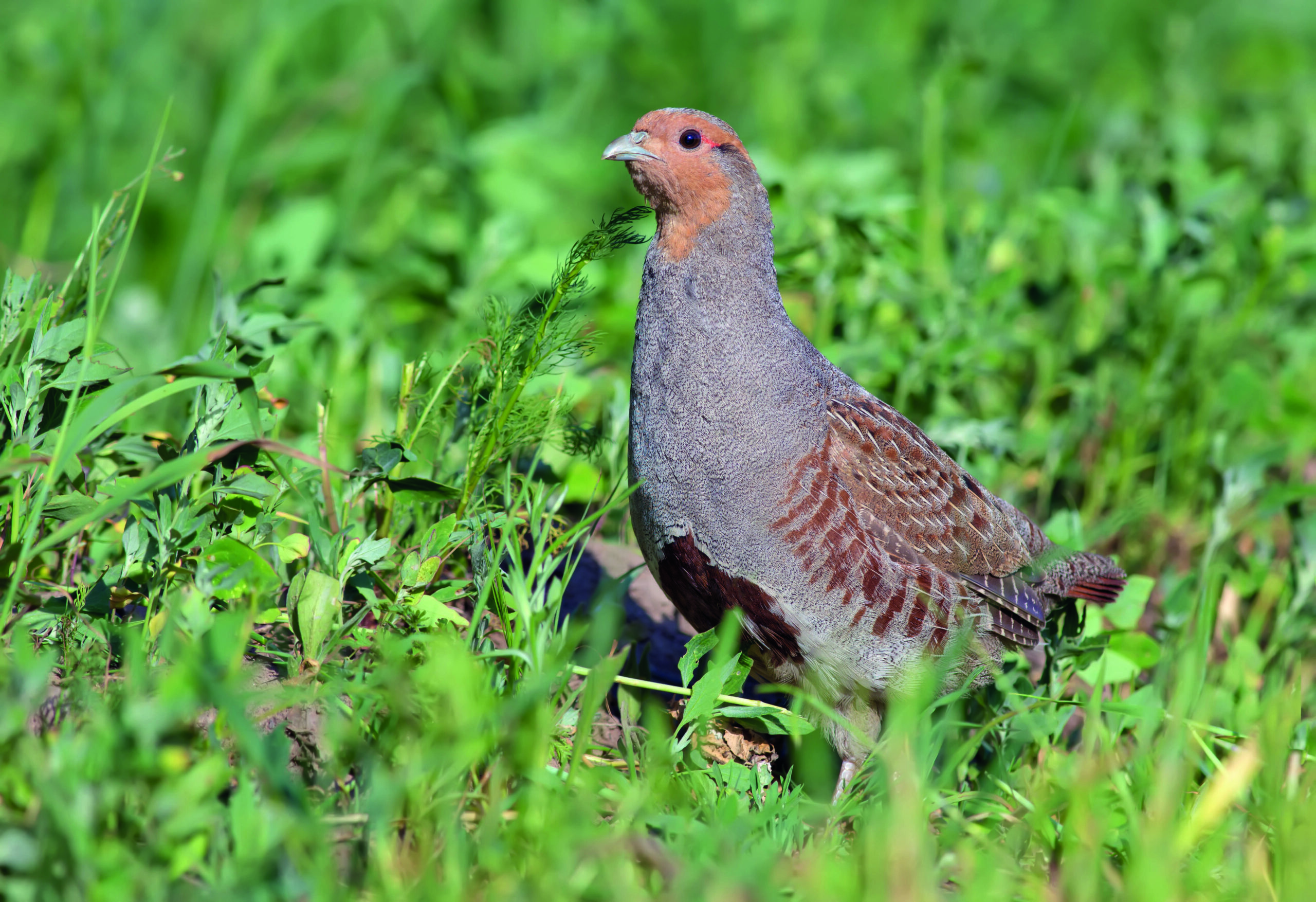Record numbers join grey partridge count
Considered by many shooters as talismanic, the grey partridge is seen as a barometer for ecological health in the Great British countryside.

Record numbers of groups and individuals joined the GWCT’s spring grey partridge count, covering some of the largest areas ever.
The Partridge Count Scheme (PCS) is a free and voluntary scheme run by the GWCT since 1933 to collect information on the annual abundance and breeding success of grey partridges. The grey partridge is a used as a biodiversity indicator species of wider farmland. as they face similar challenges to lots of other farmland wildlife. Being a plump, medium-sized bird, they can be easier to spot than smaller farmland birds.
Importantly, grey partridges remain together as family groups or coveys, from hatching until the end of winter. This makes them easier to count and can reveal key information about breeding success, abundance and survival during the year without the need for continuous monitoring.
Rather than engaging with the PCS as individual farms, groups such as the High Suffolk farming cluster have conducted a combined count involving all 12 farms in the organisation. Helped by numerous volunteer bird enthusiasts, the cluster has conducted its count over more than 6,000 hectares.
The project undertaken at the Duke of Norfolk’s Peppering Farm in West Sussex to bring back the grey partridge took in some 2,000 hectares. This illustrates the value of a project being undertaken at an even greater landscape scale.
GWCT adviser Mike Swan said: “Spring 2024 has been one of the most difficult I can remember for partridge counting with endless wet weather making ground conditions impossible over much of the country. As a result we are almost past the best time to count, with spring growth threatening to hide our pairs completely, so now is the time to get out and count as a matter of urgency.
Author and conservationist, Richard Negus said: “The level of collaboration that has gone into the farming cluster grey partridge count has been excellent and those involved have now been trained to follow robust scientific data-gathering methodologies. For shooters the grey partridge is talismanic and the count is all about spreading the word of how much of a barometer the species is for ecological health. Few animals act as such an indicator for sustainable farming and wildlife recovery.”








